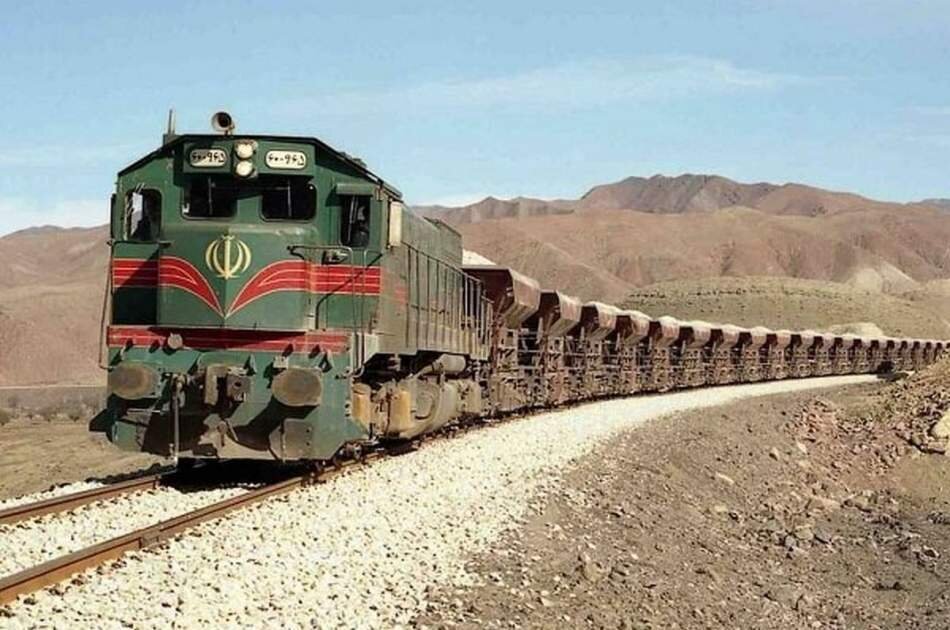Iran’s strategic transit opportunity amid global supply Chain realignment

TEHRAN- The global supply chain landscape is being reshaped by geopolitical rivalries, regional conflicts such as the war in Ukraine, and growing instability in key maritime routes like the Red Sea.
These disruptions are prompting countries to redefine their logistics strategies and seek alternative trade corridors that are cost-effective, secure, and reliable.
Amid these changes, Iran’s unique geostrategic location at the intersection of East-West and North-South trade axes gives it an exceptional opportunity to become a regional transit hub.
With access to the Persian Gulf, Sea of Oman, Central Asia, the Caucasus, and borders with 15 countries, Iran is strategically positioned to support major initiatives such as the Belt and Road Initiative (BRI), the International North-South Transport Corridor (INSTC), and the Chabahar–Central Asia corridor.
Iran’s Seventh Development Plan sets a clear national objective: to raise the country’s annual transit capacity to 40 million tons. This is not merely a strategic goal—it holds real foreign exchange earning potential.
Estimates suggest that each additional million tons of transit cargo could generate hundreds of millions of dollars in direct and indirect income through customs fees, logistics services, banking, insurance, and job creation.
Key Strategies and Policy Recommendations:
1. Prioritize and Expand Rail-Based International Corridors
Projects such as Rasht–Astara, Shalamcheh–Basra, and Chabahar–Zahedan–Sarakhs must be fast-tracked as part of a national effort to connect Iran to global corridors more effectively.
2. Coordinate Policies with Stakeholder Countries
Aligning customs regulations, tariffs, and procedures with countries such as China, Russia, India, Azerbaijan, Kazakhstan, Iraq, and Turkey is vital. Bilateral and multilateral cooperation frameworks should be institutionalized.
3. Pursue Joint Investment and Financing Models
Iran should leverage FDI, PPPs, and regional investment funds to finance logistics infrastructure. Chabahar (with India) and INSTC (with Russia) serve as useful precedents.
4. Digitize and Create a Unified Transit Window
A single-window digital platform is needed to streamline cargo clearance and improve transparency and efficiency at border crossings.
5. Promote Iran’s Transit Routes Globally
Iran must actively market its corridors in global forums and logistics expos to position itself as a competitive and trusted option for international freight.
6. Develop Chabahar as a Strategic Southern Gateway
Chabahar, outside the Strait of Hormuz and less exposed to sanctions, is ideal for linking Central Asia and Afghanistan to the Indian Ocean and global trade.
7. Ensure Stability and Predictability for Investors and Partners
Iran must offer a reliable environment through consistent policy, legal protections, and secure infrastructure to attract international logistics companies.
Conclusion:
The global reconfiguration of supply chains is a rare opportunity for Iran to leverage its geography into sustainable economic advantage and geopolitical relevance. With focused planning, regional collaboration, and smart investment, Iran can emerge as a key player in the 21st-century logistics network.
Nourallah Biranvand is Deputy for Investment & Transport Economy in Islamic Republic of Iran Railways (RAI)
